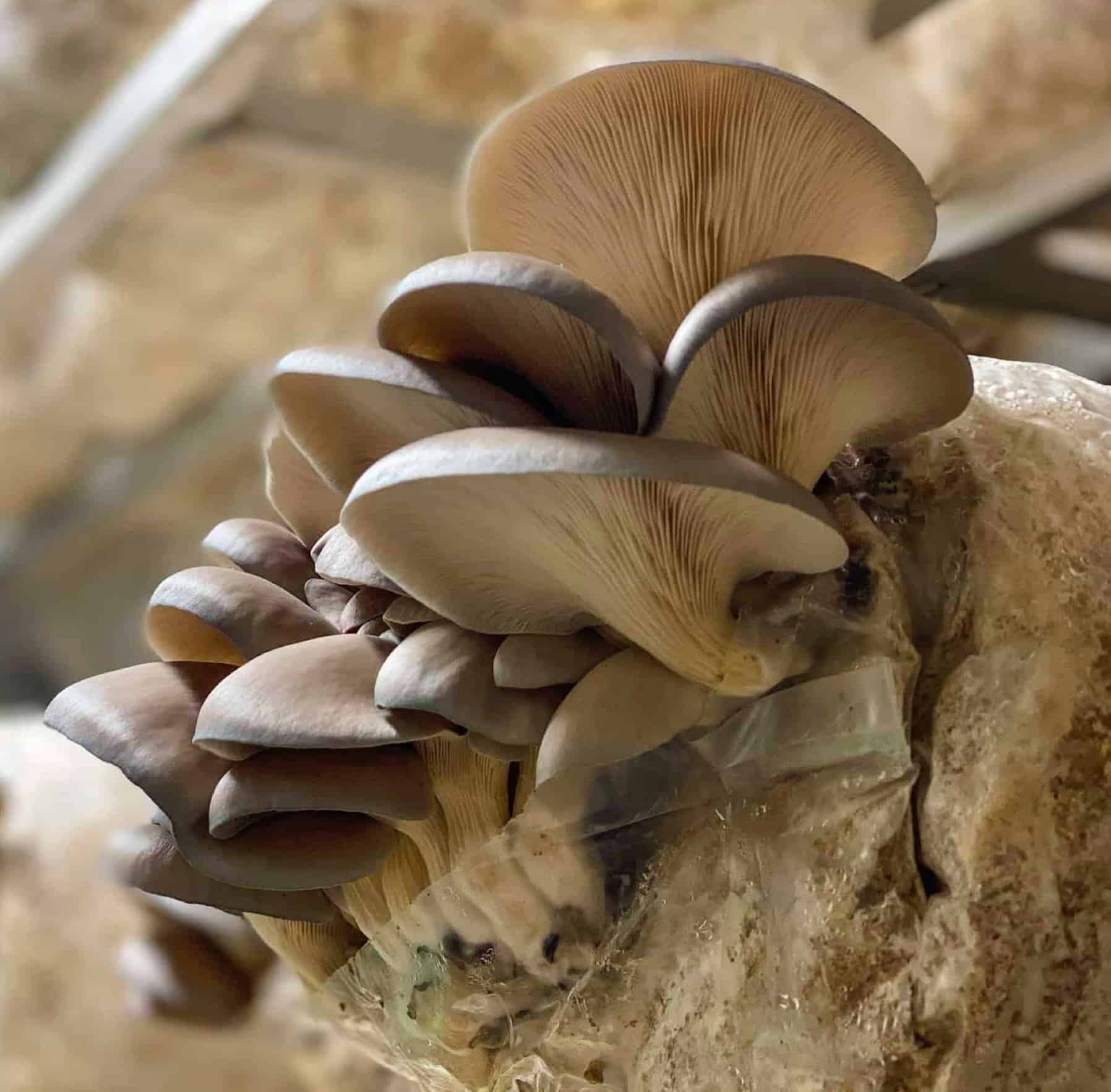Title: Understanding the Definition of Mushroom: A Comprehensive Guide
Introduction
Mushrooms are an essential part of our ecosystem, playing a vital role in breaking down organic matter and recycling nutrients back into the soil. They are also a popular ingredient in many cuisines worldwide, known for their unique flavors and textures. Despite their widespread presence and use, many people remain unaware of the true definition of mushrooms. In this article, we will explore the definition of mushrooms, their classification, and their significance in our environment and culinary world.
Definition of Mushroom
The term “mushroom” is used to describe a group of fungi that belong to the kingdom Fungi. These fungi are characterized by their fleshy, spore-bearing fruiting bodies, which are commonly referred to as mushrooms. Mushrooms typically grow above ground on decaying organic matter, such as fallen leaves, dead trees, or manure. They can also grow underground, forming mycorrhizal associations with the roots of plants.
Classification of Mushrooms
Mushrooms are classified into various groups based on their physical characteristics, ecological roles, and evolutionary relationships. The most common classification system divides mushrooms into four main groups:
Basidiomycetes: These are the most diverse and well-known group of mushrooms, including popular edible varieties like button mushrooms, shiitake, and oyster mushrooms. Basidiomycetes produce their spores on specialized cells called basidia, which are typically found on the gills, pores, or teeth of the fruiting body.
Ascomycetes: Ascomycetes are another large group of mushrooms, characterized by their production of spores within specialized cells called asci. Some common ascomycetes include truffles, morels, and cup fungi.
Zygomycetes: This group of mushrooms is less diverse and less common than basidiomycetes and ascomycetes. Zygomycetes reproduce through the fusion of two gametes, forming a zygospore. Some common examples include bread molds and the black mold found in damp environments.
Myxomycetes: Myxomycetes, also known as slime molds, are unique among mushrooms as they do not produce spores. Instead, they reproduce through the formation of fruiting bodies that release amoeba-like cells called sporangiospores.
Significance of Mushrooms in Our Environment and Culinary World
Mushrooms play a crucial role in our ecosystem by breaking down organic matter and recycling nutrients back into the soil. They serve as a food source for various animals and insects, and their mycelium networks help to improve soil structure and water retention.
In addition to their ecological importance, mushrooms are also highly valued in the culinary world. They are low in calories and fat, yet rich in essential nutrients such as vitamins, minerals, and antioxidants. Mushrooms are also a source of dietary fiber and protein, making them a healthy addition to any diet.
Conclusion
In conclusion, mushrooms are a diverse group of fungi that play a vital role in our environment and culinary world. Their unique physical characteristics and ecological roles make them an essential part of our ecosystem, while their nutritional value and diverse flavors make them a popular ingredient in many cuisines. By understanding the definition of mushrooms and their classification, we can gain a deeper appreciation for these fascinating organisms and their importance in our world.
